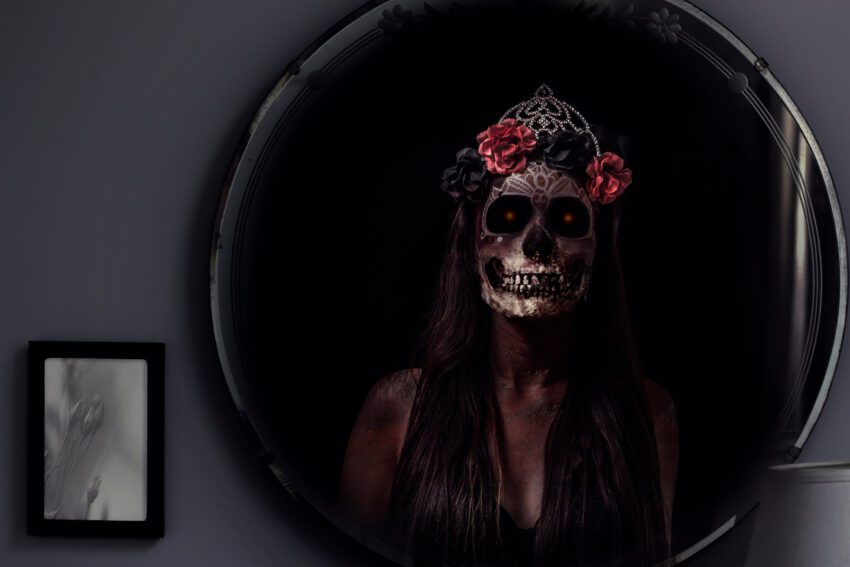
Ghost Tripping vs. Ghost Hunting
Ghost tripping? Ain’t that just legend tripping for ghosts? Why would Ghostly Activities give attention to such a juvenile topic? Ghost hunting is serious business. Ghost tripping is for adolescents. So, why are we giving it a post?
Because it’s fun.
What is ghost tripping?
Let’s be a little more specific – We’re going to talk about ghost tripping, not all forms of legend tripping. Ghost tripping is the form that focuses on ghostly encounters, instead of the broader topic that includes UFOs and cryptozoology.
What’s the difference between ghost tripping and ghost hunting?
The big difference is the experience. Ghost tripping emphasizes your personal experience with a ghost. It’s about what you feel, record and photograph. There’s less emphasis on collecting objective data like EMF spikes and temperature changes.
The research rigor is different, too. Ghost hunt research looks at recorded history from news archives, historic societies and soil surveys. You want to make sure the haunt can, actually, have a ghost tied to the site. You’ll try to identify the spirit in question by interviewing witnesses, too.
That’s not necessarily the case with ghost tripping. Sure, you talk to people, but it’s much more speculative. It’s okay to go with urban legends and rumors. If a place looks haunted, that’s good enough for ghost tripping.
(Note: see our post about identifying an urban legend vs. a ghost)
What kind of equipment do you need for ghost tripping?
Ghost tripping only needs a few important items. This is a case where you want to travel lightly. You only need a few items to go in a backpack.
They include:
- Digital camera
- Digital voice recorder
- First aid kit (stuff happens)
- Flashlight (like the small LED kind)
- Notebook
- Pen
- Extra batteries
- CAFFEINE!!!
(We cannot stress the need for caffeine. The nights can be loooooooooong and tiring. Also, I don’t think I can go anywhere with a suspected ghost and not bring my MEL meter.)
How do I analyze evidence?
Well, remember it’s the experience that matters more than evidence. Sure, you review everything you recorded. You’ll sift through pics and listen to your audio recordings, but the more important thing is documenting your experience.
You write down (on paper, a blog, editorial post, oral tradition, etc.) the following type of questions:
- Where did you encounter the ghost?
- What happened to you when you encountered it?
- Did your body give you any signs (hair raised on arms, neck, chills, etc.)?
- Did you get pictures?
- Did you get any audio evidence like EVP?
Part of the fun to ghost tripping is becoming a source for the urban legend of a ghost or haunted place, not necessarily the ghost hunter who broke the story.
Are there any rules to ghost tripping?
Yes, there are 3 things you must follow:
- No trespassing
- Don’t break anything (including your arms, legs, etc.)
- Don’t take anything from the site (except pictures, sounds and notes)
Anything else you should know about ghost tripping?
It’s fun! This is your chance to get outside the ghost-hunt-recorded-evidence box.
